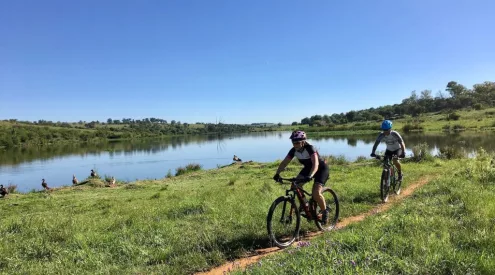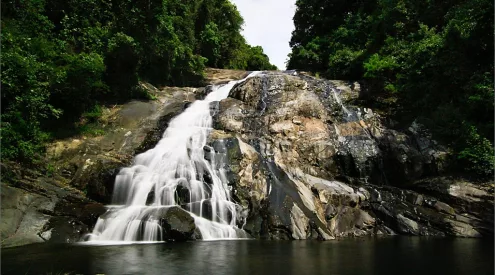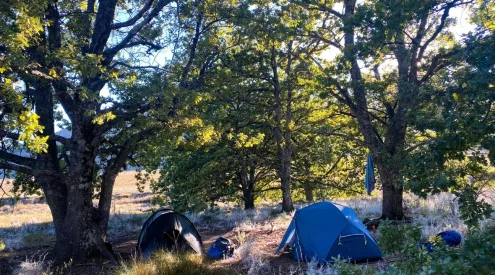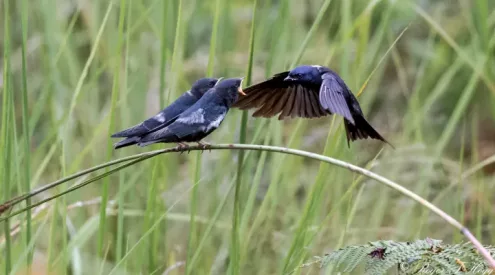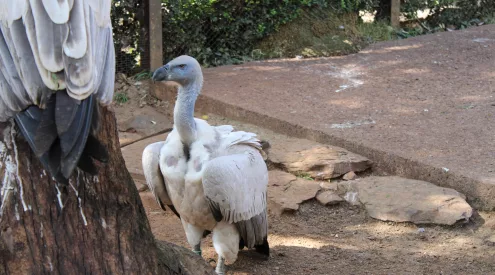Wildlife tourism is one of life’s most beautiful and rewarding experiences. It offers a unique glimpse into the natural world and can be enriching to one’s soul.
However, it also comes with a responsibility to protect the very creatures and ecosystems we admire. After all, being a responsible wildlife tourist is essential for the preservation of our planet’s biodiversity.
According to SANParks spokesperson, JP Louw, a little truly does go a long way when it comes to protecting wildlife and the environment.
‘Small actions can help make a big difference. When you travel with care, you help protect nature for everyone—now and in the future,’
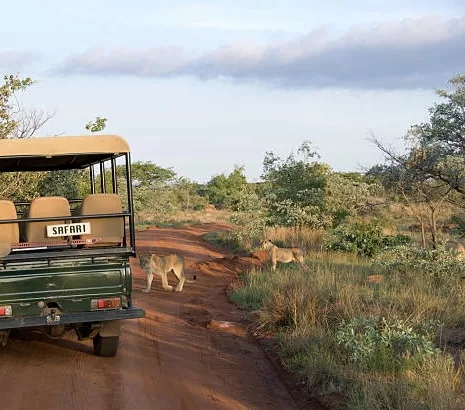
Safari vehicle giving way to a group of lions that are crossing. (Picture: Unsplash / FrankvandenBergh)
Louw further shared these simple yet important tips for being a responsible wildlife tourist:
Watch the road carefully
When driving in a wildlife area, look out for animals, especially in the early morning or late afternoon. Slow down if you see any movement near the road.
Additionally, it is important to drive or walk gently. Remember, even small animals like frogs or insects are part of the ecosystem.
Follow speed limits and rules
In national parks or wildlife areas, always drive slowly and obey the rules. These help to protect both you and the animals.
Comply with rules about fires
Only make a fire in areas that are allowed, and follow directives about extinction of fire in cases where you make one in an allowed area.
Leave no trace/avoid pollution
Do not pollute. Make sure that what you take into a national park waste-wise, you also take out/remove.
By practicing ‘Leave No Trace’ principles, you minimize your impact on the environment. When you leave the area as you found it, you ensure that it remains pristine for future visitors and wildlife.
ALSO READ: Spotlight on Eco-Tourism
Learn and follow the local rules
Each place is different and has its own set of rules regarding wildlife observation. Before you visit, check the rules for wildlife, driving and behaviour in nature areas.
The rules may cover a number of factors including restrictions on the feeding of animals, noise levels or designated viewing areas. Respecting these regulations helps to protect both wildlife and their habitats.
Join citizen science apps
To leverage technology as you play your part in responsible wildlife tourism, use tools like iNaturalist to record animals and plants you see. Your notes can help scientists and rangers.
Report illegal activity
If you see someone harming wildlife or breaking nature laws, report it to a ranger, local police or park office.
Be curious, not careless
It is good to ask questions and learn about the wildlife. However, it is equally important to always act with respect.
Enjoy and be thankful
Ultimately, nature is a gift. Whether you see an elephant or a butterfly, every moment in the wild is special. Cherish it.
Follow us on social media for more travel news, inspiration, and guides. You can also tag us to be featured.
TikTok | Instagram | Facebook | Twitter
ALSO READ: Tips for raising nature-literate children

